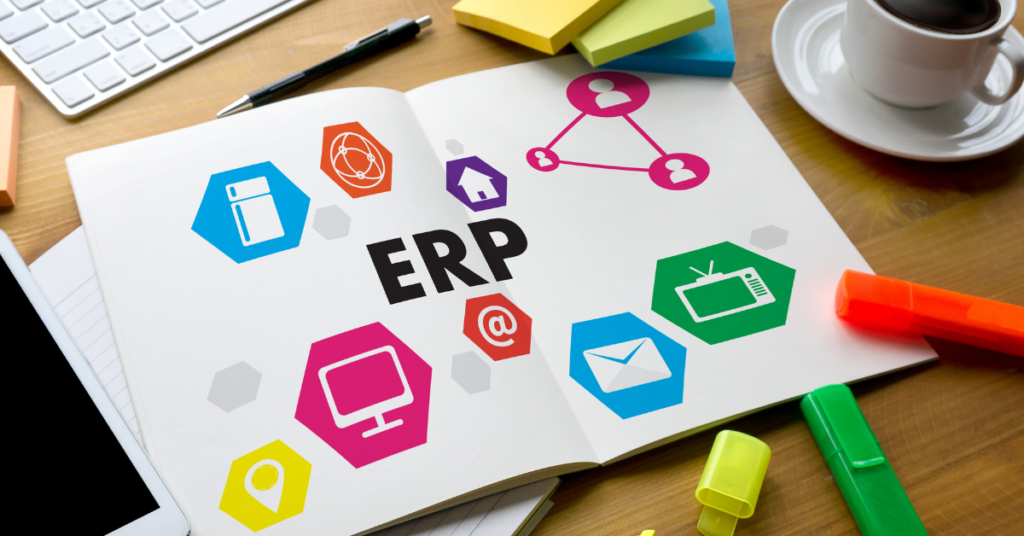
For growing businesses, staying ahead of the curve is vital for long-term success. Implementing an Enterprise Resource Planning (ERP) system can be a key tool to propel your company forward. However, determining the right time to introduce an ERP is a critical decision with significant implications. It can mean the difference between efficient scaling and encountering serious obstacles that hinder growth.
ERP implementation comprises two key components: selection and deployment. In the selection process, decision-making is typically faster for smaller companies. This is because companies with fewer than 100 employees often have simpler business processes compared to larger enterprises. Avoid rushing the selection process; take time to compile a list of potential vendors, schedule demos and meetings, and conduct thorough due diligence.
To enhance the chances of a successful implementation, it’s beneficial to choose specific times that can facilitate the process:
Conclusion
Take your time when considering purchasing an ERP system for your company. Involve multiple stakeholders and consider seeking outside expertise independent of vendors. Create documentation to evaluate each ERP system, weighing the trade-offs between on-premise and cloud-based solutions. Purchasing an ERP is a significant step for your company, signifying growth and the establishment of standards to manage business processes and financial reporting. Some of the best ERP Software are Vision ERP, SAP, Oracle, Sage and more.